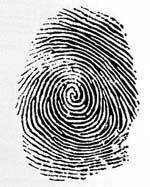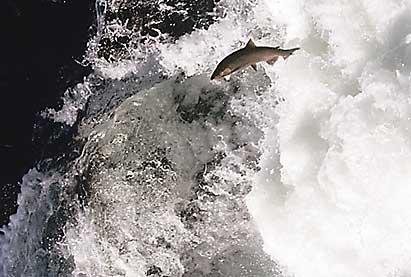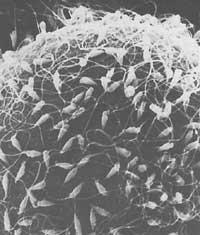Studies based on non-scientific fingerprints
2002/01/14 Galarraga Aiestaran, Ana - Elhuyar Zientzia
A U.S. federal judge claims that the fingerprint examination does not comply with three of the four rules established by the Supreme Court for scientific evidence. After this decision, it is considered that the scientificity of other ballistic and forensic techniques can be questioned.

In 1993 the Supreme Court decided and regulated what was considered scientific in the courts. For a technique or methodology to be scientific, the following requirements must be met: being able to test and review it, having a certain index of error and being generally accepted as science.
In the technique based on fingerprints, the crime is compared with fingerprints that the police have previously collected. However, during the last three years, several experts have reported in 20 reports that this technique does not meet the conditions imposed by the Court.
Finally, in a case of murder that was being tried on January 7, a Pennsylvania judge decides that the fingerprint test has no scientific value. It says that this technique has not been revised since it is used, since to some extent the examiners have no scientific training. In addition, being a subjective analysis, the degree of error cannot be measured. Consequently, it has not accepted evidence based on this technique in the case being judged.
After this decision, it is commented that other forensic techniques will be studied to see if they have scientific bases or not. On the other hand, new techniques are being developed and, for example, the method of knowledge based on the study of the iris, more reliable than the comparison of fingerprints, allows to foresee its future use before the courts.

Gai honi buruzko eduki gehiago
Elhuyarrek garatutako teknologia





